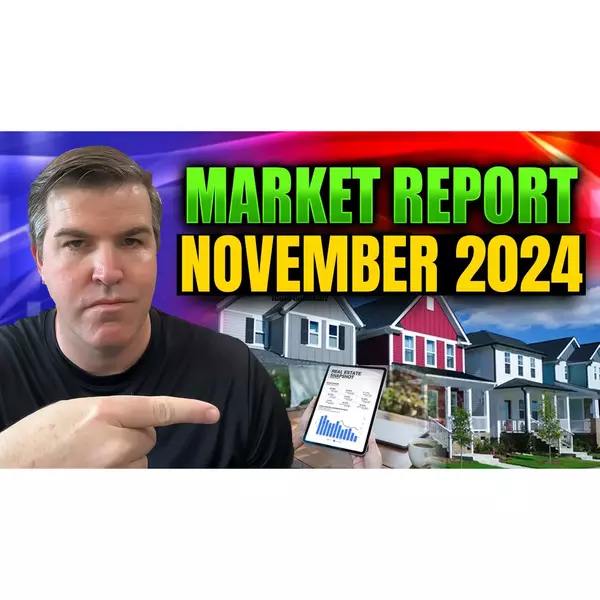

10 Questions to Ask a Potential Lisint Agent
So, you’re thinking about selling your home and it’s time to hire an agent, but you don’t know what questions to ask to make sure that agent is on top of their game. You’re not alone. According to the National Association of Realtors, over 70% of sellers go with the first agent they meet. Realto
Read More

7 Steps to Properly Evaluate Offers
Perhaps one of the most overlooked but most critical things in tme sinellg process is properly evaluating the offers thathe entire h come in on your . home. oI’m Sean Engmann, a Realtor and MBA. Especially in strong seller’s markets where there may be multiple offers, it is absolutely essential to
Read More

Searching for a New Home: The Keys to Finding the Right Place To Live
Searching for homes is supposed to be the fun part about buying a home, but if you don’t do it right it can be a big time and money drain. I’m Sean Engmann a certified real estate negotiation expert and first time buyer specialist. Searching for homes the right way is one of the biggest keys to f
Read More
Recent Posts











